Aslan Sevi is Head of Product at ZEDGE, a freemium marketplace offering mobile phone wallpapers, video wallpapers, ringtones, notification sounds, and pAInt — a generative AI image maker. He began his career in product marketing at Digiturk before joining Türk Telekom as a product manager. From there, Aslan helped lead product at sahibinden.com, an ecommerce and classifieds platform, and later worked at iyzico, a fintech company. Before his current position at ZEDGE, he helped build mobile game products, working for companies such as NeoGames, Playtika, and Huuuge Games.
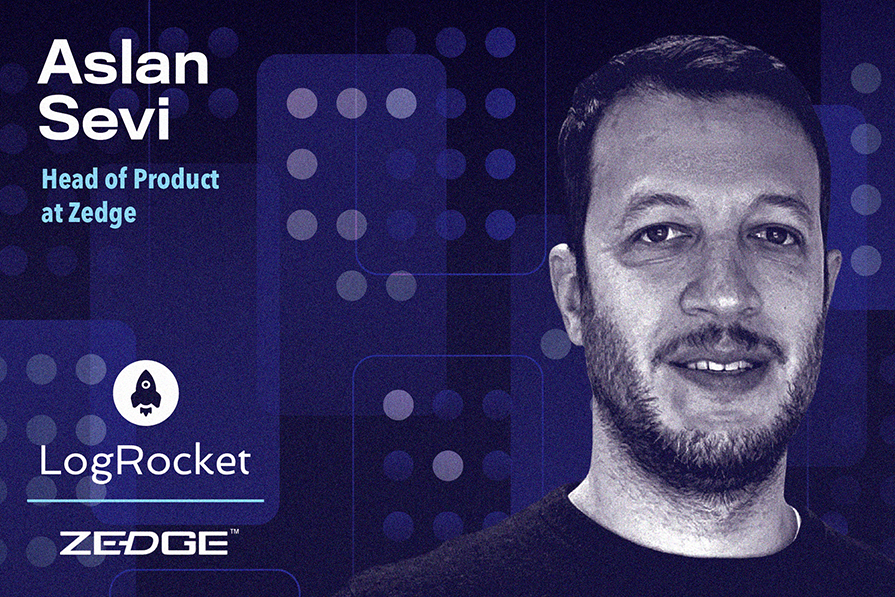
In our conversation, Aslan talks about how his team balances long-term strategy with the short-term, rapid nature of the mobile app industry. He emphasizes the importance of open communication — especially with a globally dispersed team at ZEDGE — and how it’s helped the company stay competitive and successful. Aslan also discusses how ZEDGE carefully manages both sides of the marketplace, sellers and users, and prioritizes needs in both areas.
The mobile app industry moves extremely fast, making rapid adaptation essential. At ZEDGE, we’re continuously questioning our decisions and exploring better, newer opportunities — even when we already have a solid plan. It’s critical to remain flexible and responsive to our users’ evolving needs.
ZEDGE has been around since 2003, which was before smartphones became widespread. Our ability to quickly adapt is key to how we transitioned from basic ringtones and wallpapers into today’s smartphone era while staying market leaders.
This is one of the toughest challenges we face at ZEDGE, given that we monetize through multiple streams that can sometimes compete with one another. One of our biggest strengths is a solid A/B testing framework. When I joined, I was genuinely impressed — especially coming from the gaming industry, where tools tend to be complex but powerful.
At ZEDGE, the testing system is much more accessible, yet it gives us a clear view of how changes affect both features and monetization strategies. What’s great is how quickly we can act when something doesn’t perform well. Our constant goal is to find the right mix between ads, subscriptions, and virtual tokens without compromising user satisfaction.
For example, if I’m running a 10-day test, checking Tableau is the first thing I do every morning. I review the KPIs closely to ensure we’re heading in the right direction.
We recently went through a major redesign at ZEDGE, where we completely changed the user experience. The old sidebar that hid key features was replaced with a fresh, more open UI. Some KPIs immediately improved — pAInt, our AI generator, for example, saw a nice boost in engagement. But not everything went smoothly.
We noticed a drop in rewarded video revenue, which is how non-paying users access premium content. After digging in, we found that the redesign had changed the button layout, making rewarded videos less visible. We quickly rolled out an updated version and reran the experiment, which led to a significant recovery in performance. With around 25 million MAU, we’ve learned that even small changes can have a huge impact.
Our roadmap is built around the company’s strategy and long-term goals — this part is clear and non-negotiable. That’s why we take the time to plan it carefully and stay focused on what we need to achieve across the year. At the same time, we’re very aware that the mobile app space moves fast. Trends shift, user needs evolve, and sometimes priorities need to adjust quickly. When that happens, we may change the timing or focus of features, but we always keep the long-term vision steady. That’s the balance we work hard to maintain.
Sure. We always start by evaluating potential impact versus effort. That’s how we build the roadmap to align with our long-term goals. Before going all in, we test things early using POCs or even fake door tests. These quick experiments help us measure KPIs and decide whether to move forward, tweak, or stop completely.
One great example is pAInt, our AI generator tool, which became a major success at ZEDGE. It started as a basic text-to-image prompt hidden in a side menu. But once we saw the growing interest in AI, we realized our UI wasn’t helping people discover it. So, we redesigned the experience to showcase the AI generator more prominently. At the same time, we added new capabilities, like image-to-image generation and different styles, and we’ve seen consistent growth in usage. We’re turning users from consumers into creators. This is only the beginning — next up is a ringtone generator, and we’re excited about where this can go.
As a product manager, it’s tough to let go of ideas you’re passionate about. When I believe a feature has potential, walking away from it is not easy. At ZEDGE, we usually work on several features at once, and we define clear KPIs before we begin. Every feature has a goal, and once it’s live, we track how it performs and whether it affects other key metrics.
If the outcome isn’t what we hoped for, we usually give it another chance. We tweak the feature, listen to user feedback, and try again. But if it still doesn’t deliver, that’s when we decide to move on. It’s never easy, but we focus on what brings the most value and let data guide the decision.
I believe the key to making this work is strong alignment across teams. That means keeping communication open and transparent between product, marketing, monetization, design, and development. We regularly share updates in company-wide meetings so everyone stays in the loop. We also have a dedicated product announcement channel where we post updates about experiments, results, and new features. It helps everyone stay on the same page, even when plans shift.
Our CEO also puts a big focus on internal communication and always looks for ways to improve it. Since we’re a global company spread across time zones and offices, that focus makes a real difference. Honestly, the way ZEDGE is handling this right now is something we’re really proud of.
Even with fast release cycles, we don’t compromise on quality because we follow a strong testing flow. We begin with internal testing to catch early issues. Then, we move on to A/B testing with real users, using our tools to measure the impact. If the results look good and nothing breaks other areas, we know we’re on the right path.
We take both user and artist feedback seriously and use it as one more layer of validation. Only after that do we go live. This process gives us speed without losing control over quality. It’s what helps us move fast and still deliver great experiences.
Since ZEDGE is a two-sided marketplace, we collect feedback from both artists and users. Artists are very engaged and easy to reach. We’ve built strong communication channels with them, and they often send us feedback directly, which is incredibly helpful.
We gather input from users through app store reviews, social media, and surveys. But we don’t stop there; we always match the feedback with actual data to make sure we’re seeing the full picture before making any decisions.
It’s definitely challenging, but I think we are doing a great job of managing both sides. We have dedicated team members focusing on users and others working closely with the artists — listening, supporting, and bringing bigger topics to the surface when needed.
One of our biggest strengths is that our VP of Product is also an artist. He really understands that world and helps make sure our decisions reflect both artist and user perspectives. That connection builds trust with the artist community and helps us keep things balanced. I’m proud of how we’ve been handling it.
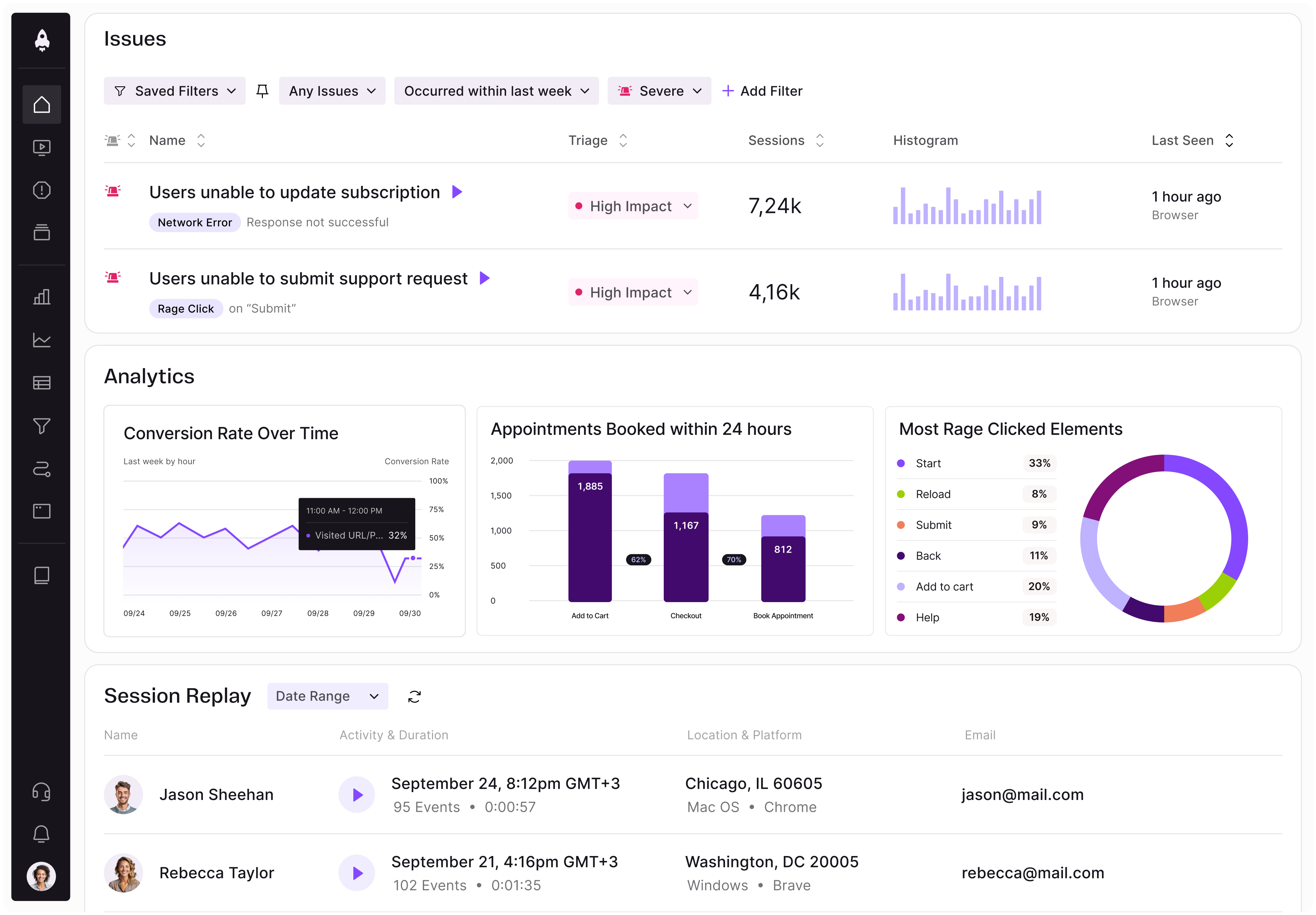
LogRocket identifies friction points in the user experience so you can make informed decisions about product and design changes that must happen to hit your goals.
With LogRocket, you can understand the scope of the issues affecting your product and prioritize the changes that need to be made. LogRocket simplifies workflows by allowing Engineering, Product, UX, and Design teams to work from the same data as you, eliminating any confusion about what needs to be done.
Get your teams on the same page — try LogRocket today.
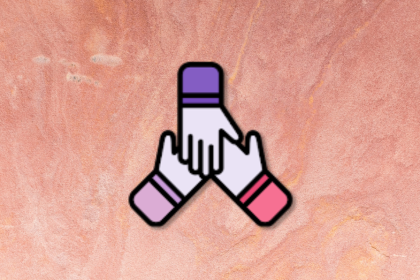
A practical guide for PMs who want to stop being bottlenecks, delegate smarter, and lead teams effectively with a clear ownership framework.
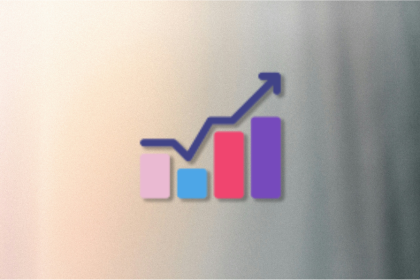
Stop letting unreliable data block features. Treat data as inventory to track quality, ownership, and ship with confidence.
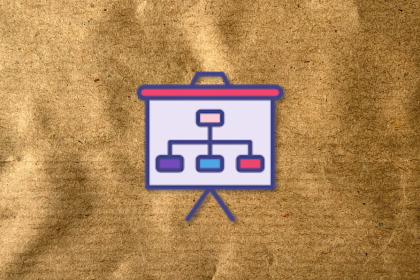
Learn why slide decks slow teams down and explore better tools like whiteboards, PRDs, and prototypes to improve collaboration and alignment.
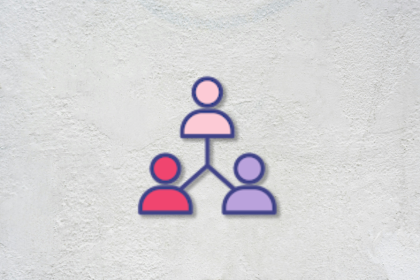
AI PM roles are evolving fast. Learn the five types of AI PMs, the skills they need, and how they shape AI products across industries.